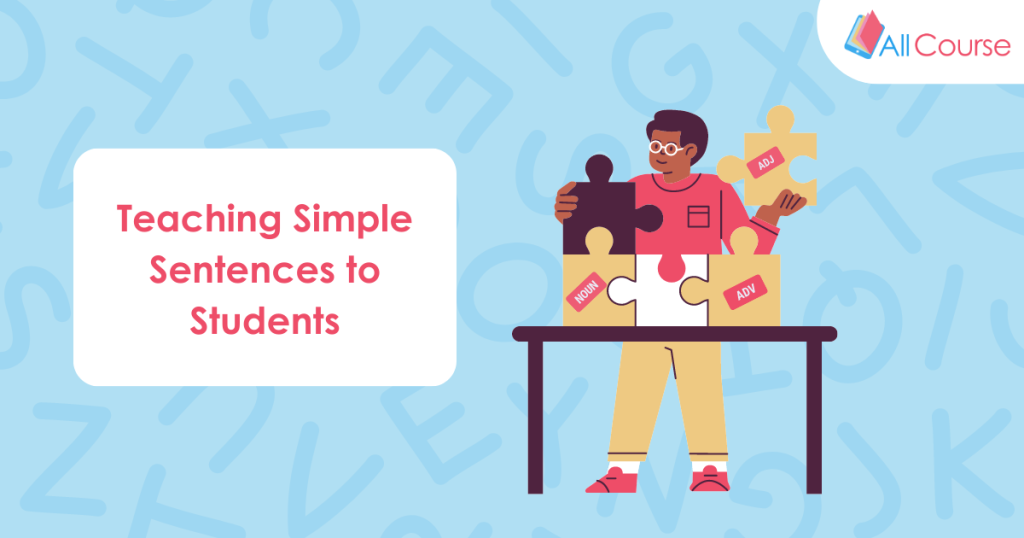
Ah, grammar! The one area of education so many students seem to hate but desperately need to improve on. Growing up, I hated grammar because it wasn’t explained to me in a way that I could understand and apply it. Grammar was always taught through workbooks, and in many cases, it still is. But grammar workbooks are not the only way to teach adolescents how to communicate effectively. Here’s how I introduce grammar to my students in the classroom, and how I learned to make grammar fun to learn!
Get a good grammar guide
When I began my long-term substitute position in 2018, back when it was difficult to find an open middle school English position, the school assigned new hires to attend a week of PDs, meetings, etc., before the start of the new school year. During this week, my new supervisor gave me some resources to read that were aligned with the school year’s curriculum. One of these resources would change how I looked at and taught grammar: Mechanically Inclined by Jeff Anderson.
I love this book for many reasons, however the most important is that Jeff explains everything there is to know about grammar in a way that makes you feel like he is sitting in front of you explaining it all. He breaks down concepts and connects them to different ways students think. I took what Jeff discusses in this book and applied it to my classroom. I began brainstorming how to actively teach grammar to students in a way that they could understand and gain confidence while learning.
Create buy-in
At the start of every school year, I explain to students that the skills they are learning in my class allow them to communicate their ideas effectively as well as understand others. Students cannot be strong communicators unless they can understand the basis of language. For example, if you were playing a new game without any directions, it would be hard to play correctly.
Then, my students have a class discussion about the different emotions they might feel when they cannot communicate their ideas and when they do not understand what others are trying to say. From there, I express to them that I never want them to feel any of those negative emotions while trying to communicate. I tell students the best way to not feel those emotions is by learning grammar.
Grammar is like a puzzle
After our class discussion, I ask students to explain to each other what a puzzle is. Once they do this and share aloud, I explain to students that grammar is like a puzzle. There are many pieces. Once all the pieces are together, then students will have a completed puzzle — or thought — to communicate. However, if students do not use grammar, they could be missing crucial parts to form a complete thought. Their puzzle will not be complete. This analogy really sticks with my students throughout their journey learning grammar. This analogy also helps when students are creating and analyzing sentences.
Break it down piece by piece
After I break down the importance of grammar with students, I begin with the basics: parts of speech. A building cannot stand if the foundation is weak. Parts of speech are the foundation of any grammatical knowledge, and yet, students still do not have a clear understanding of word parts by middle school — even beyond! Each week, I review one part of speech with students. Then, throughout the year, students build upon prior knowledge of parts of speech, punctuation, and sentence structure.
This is how I begin teaching grammar in the classroom. If you’re nervous about teaching grammar like I was when I first started teaching, I highly recommend purchasing Mechanically Inclined by Jeff Anderson. Ultimately, grammar does not have to be as scary or as boring as people make it out to be. Teachers and students alike can fall in love with language and find their voices!




